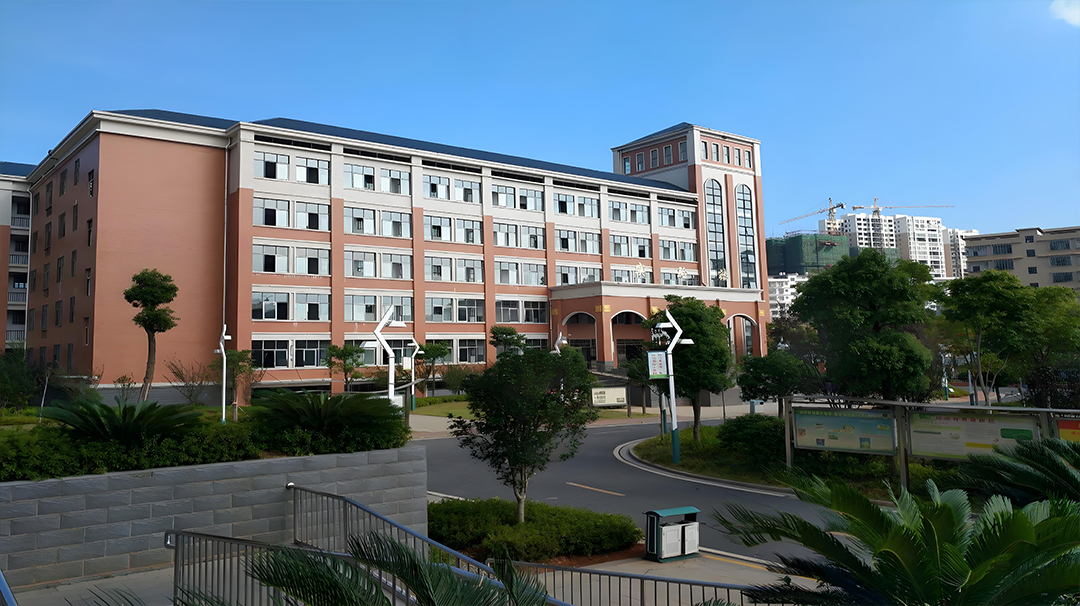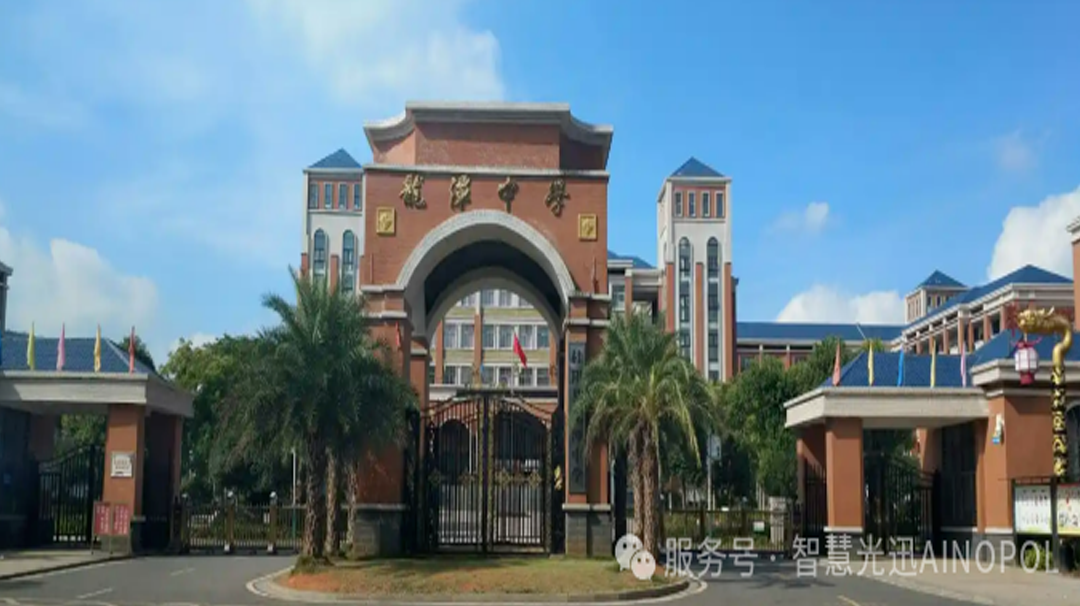
Yunjian Pugu, Lianghua Town, Huidong

Among the cities in the Guangdong Hong Kong Bay Area, Huizhou's agricultural development is a unique place, with Huidong County being one of the three major industrial parks at the provincial level in Guangdong. In recent years, with the help of the rural revitalization strategy, Huidong has continuously promoted the upgrading and transformation of local agriculture and rural modernization, among which the most representative is Yunjian Pugu in Lianghua Town.
PART01
Deeply cultivate "local flavor"
Adding vitality to the countryside
This barren land, which was once based on sand and gravel and difficult to grow grass, has been developed into a modern ecological park with the strong support of national rural revitalization, integrating new agriculture such as ecological planting, breeding of high-quality seeds, technological demonstration, and leisure tourism.

The ecological park covers an area of about 300 acres. In addition to the grape intelligent planting display area, more than 100 types of fruits such as wax apple, kiwi, and longan are also planted in the park. Surrounding the ecological park, a water friendly greenway has been set up, creating a beautiful and picturesque environment.
In addition, the ecological park has also built a teaching and research building, mainly for groups to conduct agricultural training and theoretical lectures, while providing integrated leisure services such as eating, drinking, and playing.


PART02
Co construction of Garden and Network
Unleashing the Empowering Effect of Information and Communication
The ecological park was officially built this year. Before it was put into operation, the project leader took into account the relatively remote location and frequent delays in internet speed, which resulted in poor internet experience for tourists. In addition, the hardware and software devices used in the past were not compatible, leading to mutual shirking of responsibility when contacting suppliers for malfunctions, making it difficult to solve the problem.
In order to ensure a good operating environment before the launch in June this year, the project leader has contacted a new provider of integrated communication solutions.
Advantages of Thick Planting Integration
After investigation, the project leader found that Smart Photonics has solved similar problems to this park for multiple large parks. Therefore, they contacted the team members of Smart Photonics through multiple channels and provided a detailed introduction to the situation of the park and the current difficulties faced by the network.

-Contribute to the construction of a strong internet village-
Smart Optics immediately launched the "All Optical Fusion Communication Solution for Smart Parks". This plan adopts a fiber optic network reconstruction network architecture for different floors and areas of the park, meeting the all-optical coverage requirements of over 300 acres of the entire park. At the same time, the use of a two-level network for flat data transmission, combined with hardware and software equipment independently developed by Smart Accent for centralized management, effectively solves the problems of data center and wiring.

*Simplified architecture: This network architecture adopts a vertical data flow based design, which greatly improves the overall network speed compared to the original network architecture used in the park. In addition, the design of optical input and copper output in the network achieves high bandwidth and eliminates the need for power supply and data center, further improving the processing capacity of the network.

*Easy Evolution: In terms of easy evolution, the network adopts a 10GPON-50Gpon smooth evolution solution, which enables bandwidth upgrade wiring without modification, and one fiber optic cable can carry all the services in the park. Meanwhile, the business can also be expanded as needed and upgraded with bandwidth. This design makes network upgrades and expansions simpler and more convenient.

*Easy operation and maintenance: This network adopts passive ODN for centralized management, avoiding the occurrence of active fault points. The problem of mutual buck passing among major suppliers has also been resolved, while also ensuring real-time perception of network failures in the park. In addition, adopting a zero configuration deployment strategy has increased deployment efficiency by 80%, further improving the efficiency of network management.
By adopting the solution of intelligent optical communication, the ecological park has successfully solved the problems of network speed delay and difficulty in identifying network failure points, such as supplier blaming and warranty difficulties, providing good support for the operation of the ecological park.




